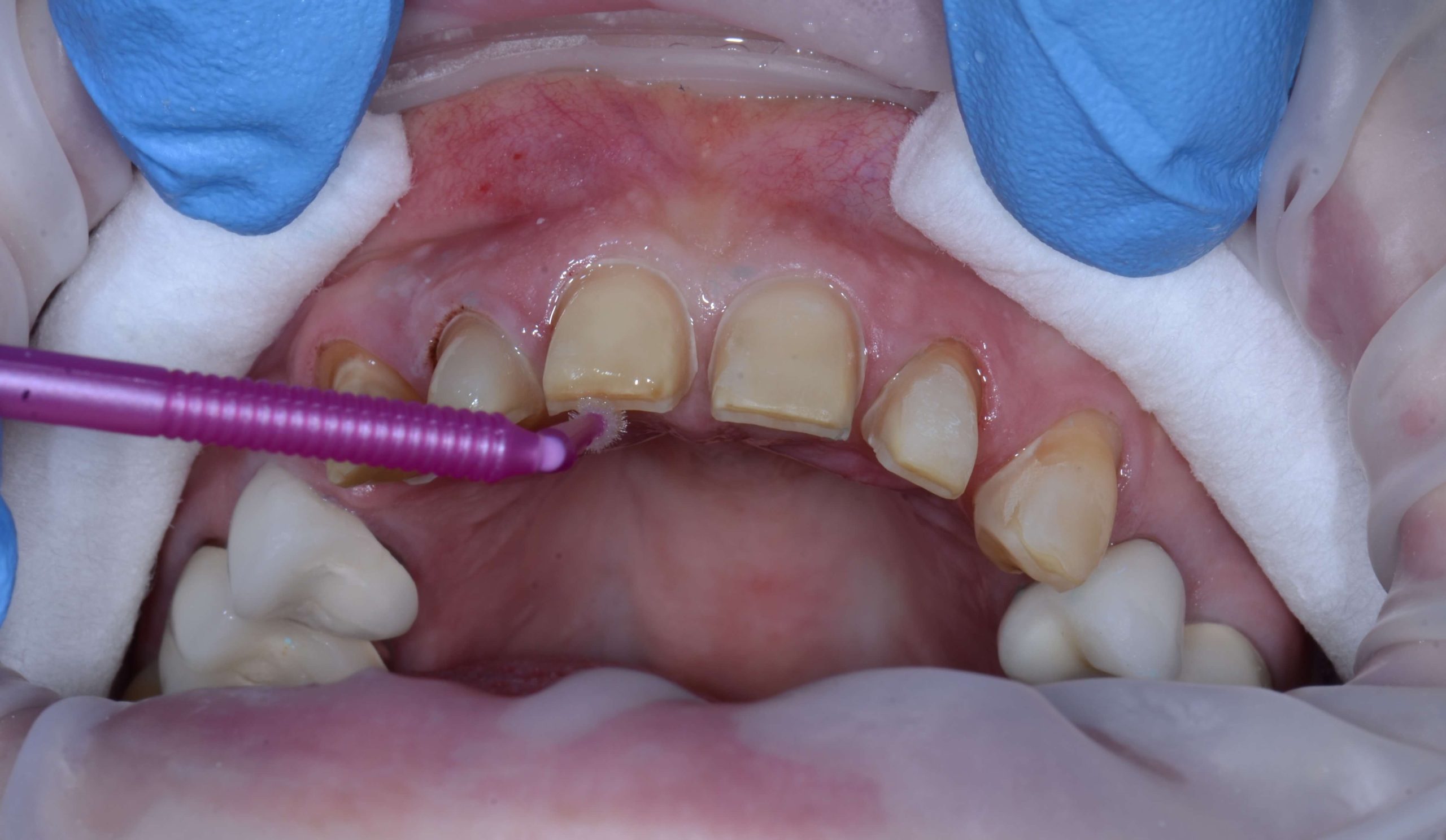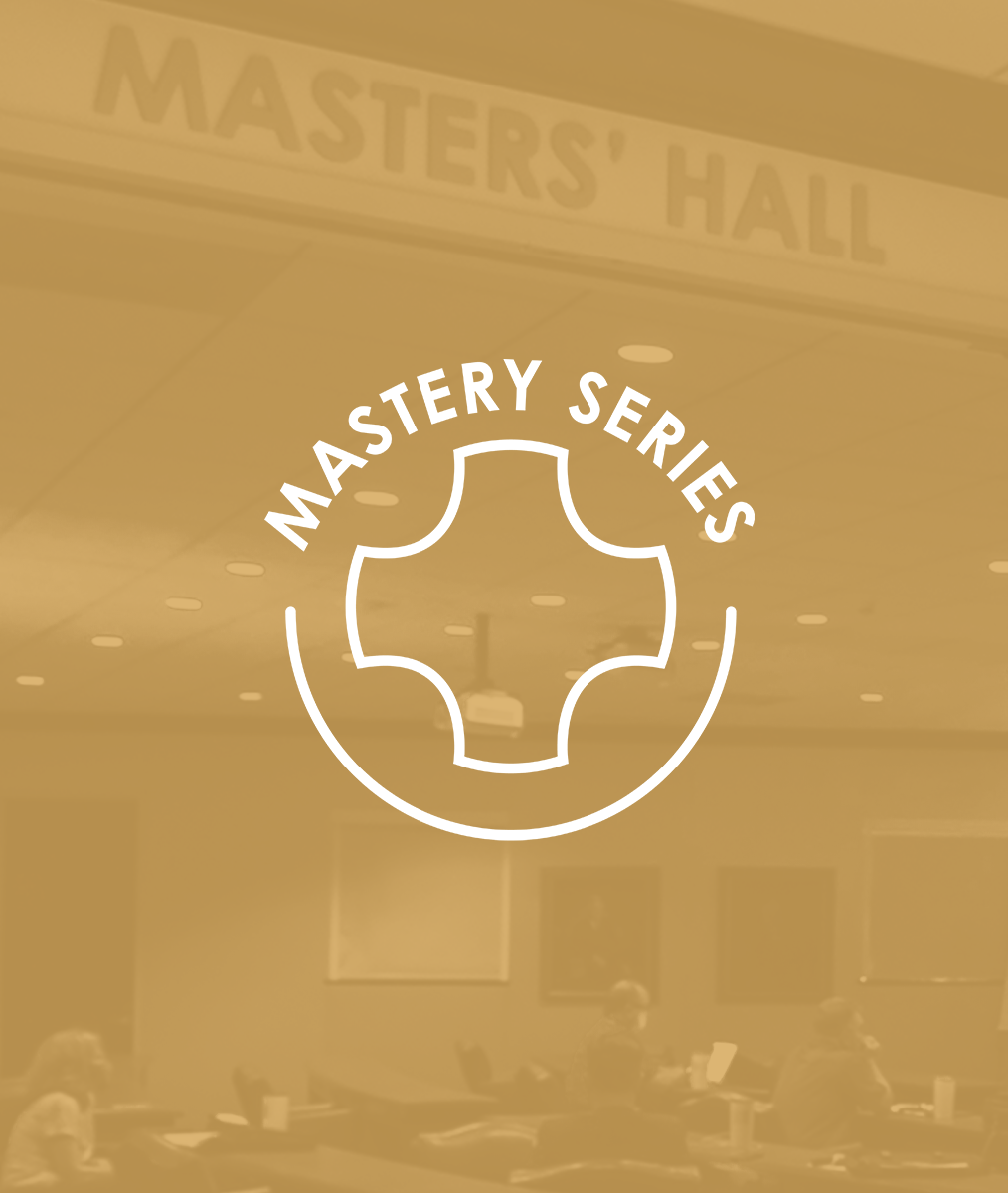
6-Handed Bonding
How an Extra Dental Assistant Can Improve Your Protocol for Restorations
Restorations and adhesive dentistry have rapidly advanced over the past few decades. Changes in materials necessitate corresponding changes in protocol. Read on to learn the adjustment that drastically improved Dr. Mike Crete’s bonding process.
30 Years of Significant Advances in Clinical Dentistry
I have been practicing for a little over 30 years and often find myself looking back amazed at how many advances have occurred in clinical dentistry. Dental school requirements were focused on metal restorations that were either: (1) condensed into place (amalgam and gold foil) with “retention form” the key to success, or (2) cemented with the likes of zinc phosphate. Ah, the good ‘ol days of mixing on a cool glass slab!
My favorite general advancement over the years has been the concept of adhesive dentistry. Not a day goes by in my practice where I don’t either bond a direct composite, bond a crown or two, or place an entire arch of bonded porcelain veneers.
Why 4-Handed Dentistry Fell Short for My Restorations
I must admit when I first started placing bonded restorations I was gun shy and felt like I would never be as adept as I was at carving amalgams or burnishing exquisite gold margins. I fumbled through bonded porcelain and composite like it was the same as metal restorations. I had mastered working with one chairside assistant. I could almost do dentistry blindfolded and 4-handed dentistry made me look great.
After about 3 years of really not liking treatment that involved bonding and finding myself justifying in my head how amalgam and gold were better, I finally had an aha moment when a mentor told me, ”You can’t do something new the old way.” I was a bit puzzled and asked, ”Why not?” My colleague then introduced me to the concept of 6-handed bonding.
6-Handed Dentistry Makes For a Better Bonding Protocol
Every time I do either a single unit or multiple indirect bonded restorations, I utilize both a chairside assistant and a “tray-side” or tertiary dental assistant. The tertiary assistant has the 5th and 6th hands.
The tertiary assistant helps by efficiently preparing the restorations for bonding (cleaning, silane, etch, prime, bond, resin adhesive, etc.) while the chairside assistant helps me keep the teeth isolated, etch the teeth, and place the restorations with precision and a very high level of accuracy. The chairside assistant can be totally focused on me and the patient, while the tertiary assistant prepares and hands me the indirect restorations.
Consider modifying your protocol to include a 3rd pair of hands and make 6-handed bonding part of your daily routine.
What is the most significant change in clinical dentistry you’ve noticed over the years? We’d love to hear from you in the comments!
Related Course
Masters’ Week
DATE: June 2 2025 @ 8:00 am - June 5 2025 @ 2:00 pmLocation: The Pankey Institute
CE HOURS: 27
Dentist Tuition: $ 8500
Single Occupancy with Ensuite Private Bath (per night): $ 345
Master Your Skills Masters’ Week is a unique learning experience each and every year where we bring together a group of talented speakers to share on a range of topics….
Learn More>







A great article that I absolutely concur with. It is imperative to maintain a clean, dry field, and by having an extra pair of hands, you increase the efficiency as well as your success rates by using this process. I might add that we bond our veneers in as dark environment as allowable, due to the light sensitivity of these materials, to maximize our working time.
We utilized your technique this week ( 22-27) including the dark room and it made the process very smooth and much less stressful. Thank you.